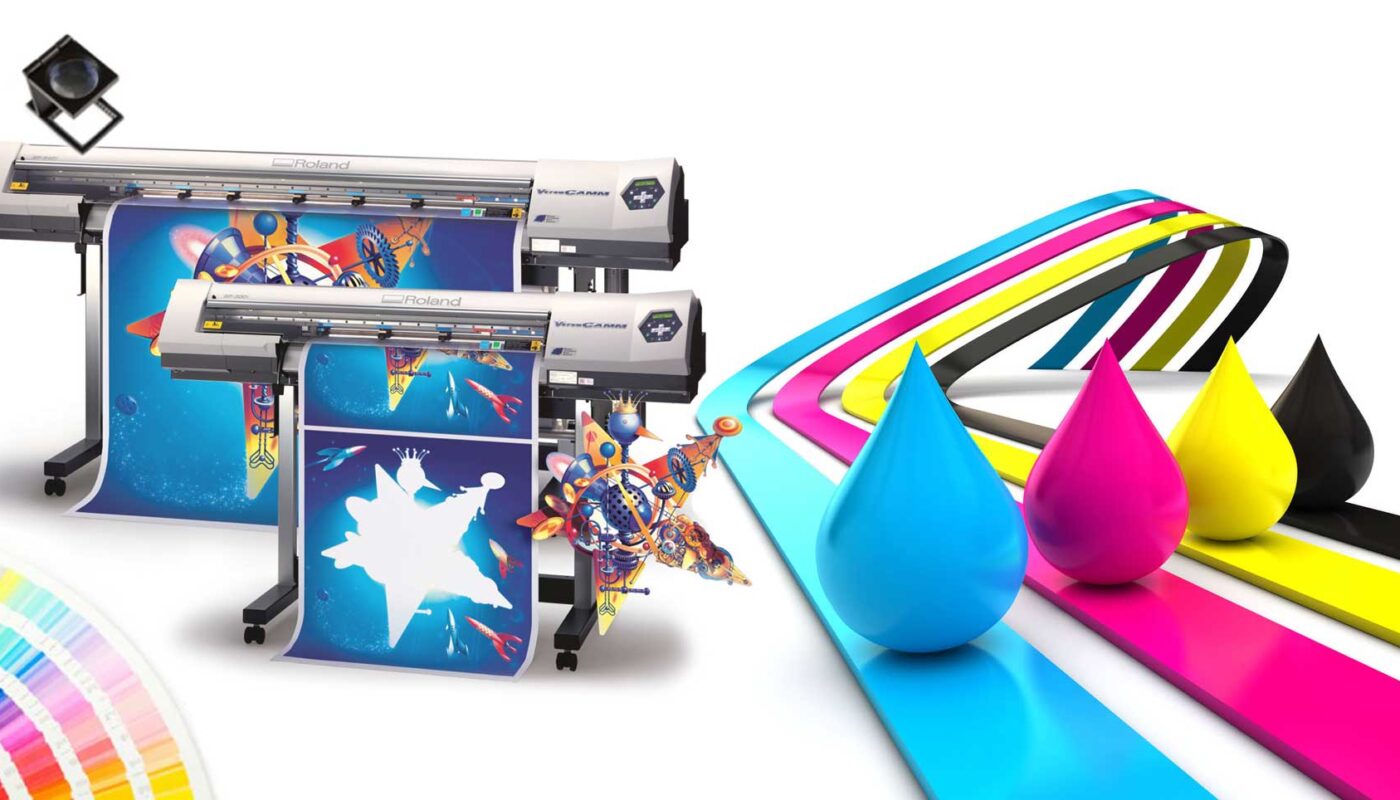Digital Printing Methods
Digital printing refers to various printing technologies that do not use plates and can print variable or on-demand without the need for imaging films. Some of the main digital printing methods used today are:
Inkjet Printing
One of the most common Digital Printing technologies used is inkjet printing. It works by spraying tiny droplets of ink through nozzles onto various printing substrates like paper, plastic, fabric, metal, and ceramic. Inkjet printers are available in various sizes for commercial, industrial, and home/office use. Continuous inkjet printing is used for high-volume applications like printing variable data on mail pieces. Drop-on-demand inkjet printing is suitable for low to mid-volume printing. Color inkjet printers with multiple printheads produce vibrant colors and photographic quality images. UV-curable inkjet systems are used for producing graphics on rigid substrates.
Electrophotography
Also known as laser printing, electrophotography uses a photosensitive drum to transfer toner onto paper based on an electrostatic image. Laser printers produce quality monochrome and color output suitable for office and short-run printing needs. Digital or on-demand print engines based on electrophotography technology are used for high-volume production applications requiring variable data or personalized printing.
Thermal Transfer Printing
In thermal transfer printing, a heated printhead applies heat to transfer dye or resin from a ribbon onto the substrate. Direct thermal printing works without ribbon by applying heat to thermally sensitive papers to cause a color change. Thermal transfer is commonly used for producing labels, tags, and receipts in retail and manufacturing environments.
Flexography
For flexible packaging applications, digital flexography uses a Digital Printing system to produce photopolymers or elastomer plates which can be mounted onto narrow or wide web flexographic presses. This allows for variable or on-demand printing of different packaging sizes, designs, and product information without the need for single-use printing plates.
Benefits of Digital Printing Technologies
Some key advantages of Digital Printing compared to conventional offset printing include:
– On-demand printing capability with no waste of unused sheets. Print jobs can be produced exactly as needed without overprinting.
– Versioning and variable data printing which allow customization and personalization based on different customer profiles.
– Lower plates and film costs since digital files are used directly for printing without the need for intermediate imaging steps.
– Quick turnaround times and instant print production even for short-run jobs. Changes to design can be made at the last moment.
– Eco-friendly process using only the amount of ink required without having to produce blank sheets.
– Cost-effective for low to mid volume jobs where setup costs of offset platemaking do not make economic sense.
Applications of Digital Printing
The applications of digital printing have expanded dramatically over the past decade across various egments:
– Transaction and statement printing: Bills, invoices, bank statements use digital printing for variable data and on-demand printing.
– Packaging printing: Product information, barcodes, prices and promotions are printed digitally on food, cosmetic and pharmaceutical packaging. Flexible packaging is also printed this way.
– Publication printing: Books, catalogs, and magazines with lower circulation runs use digital printing instead of costly offset plates.
– Textile printing: Digital transfer and direct printing on textiles like t-shirts, furnishings allow on-demand short runs and versioning.
– Signage and graphics: Short-term window graphics, banners, signs are produced via large format digital printers for exhibitions and events.
– 3D printing: Used as an additive manufacturing method for creating prototypes and end-use parts by depositing materials layer by layer.
The Future of Digital Printing
The digital printing has grown substantially over the past decade and this trend is projected to continue. Key factors expected to drive further growth include:
– Rise of personalized printing catering to customization demand from both consumers and businesses. Recent advances allow highly customized products at scale.
– Adoption of packaging digitization for improved supply chain efficiency, anti-counterfeiting, and brand through variable designs and information.
– Growth in textile printing as digital textile printing becomes more economical and provides versioning flexibility to apparel and soft signage businesses.
– Integration of artificial intelligence into digital workflows to optimize file preparation, color management, and predictive maintenance of printers.
– Development of new digital printing processes for emerging substrates like ceramics, glass, and composites expanding applications.
– IoT-enabled digital presses allowing remote monitoring and predictive maintenance to increase equipment uptime through analytics.
Digital printing technologies have revolutionized on-demand printing, customized production, and opened up new applications that were not feasible before. Continued technological advancements promise to make digital printing even more versatile, economical and integral to both commercial and personal printing needs in the future.
*Note:
1. Source: Coherent Market Insights, Public sources, Desk research
2. We have leveraged AI tools to mine information and compile it.



